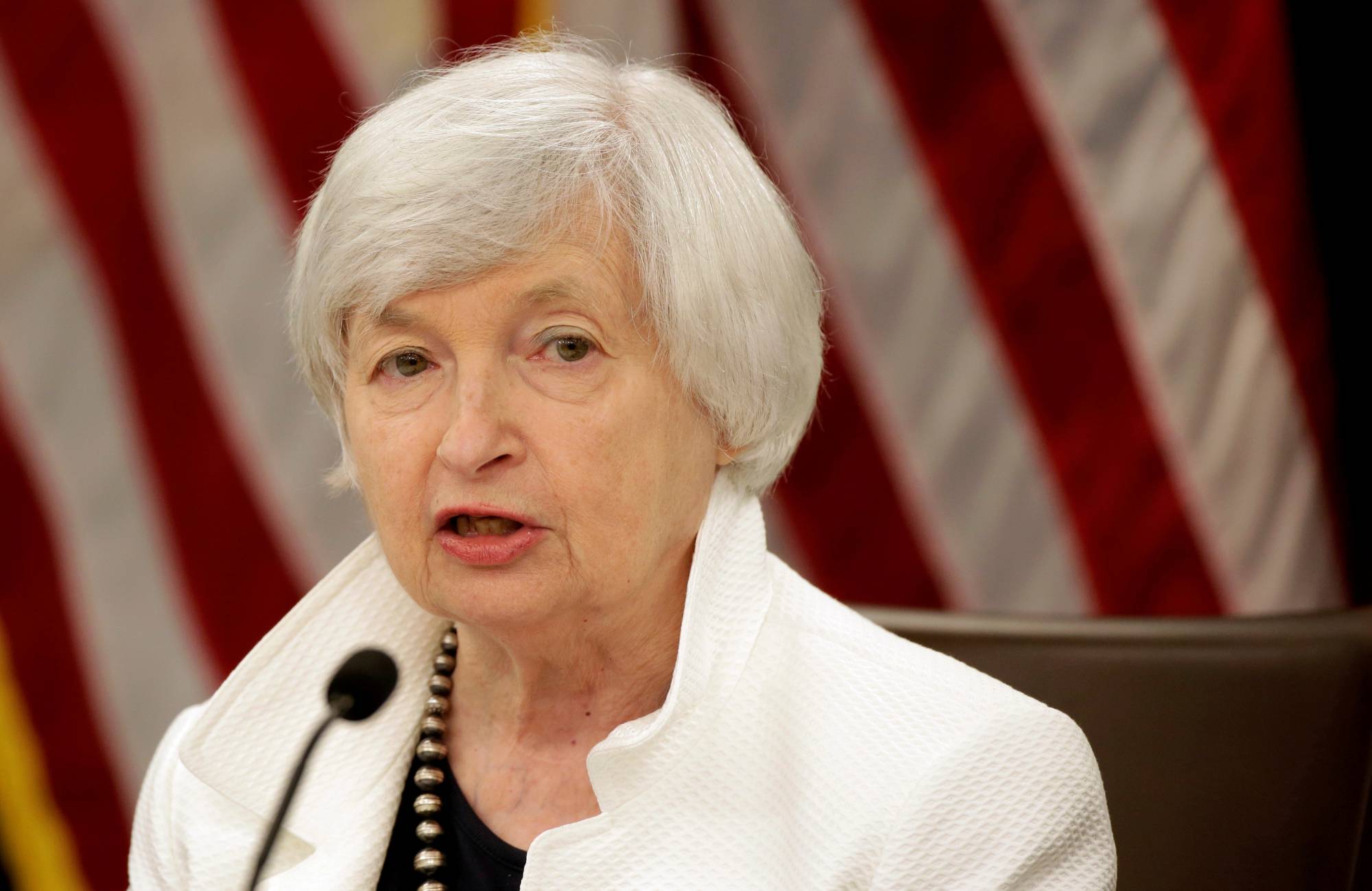The idea of a digital dollar has been in the air for some time now. Recently, it descended from the ether to the lips of U.S. Treasury Secretary Janet Yellen and Federal Reserve Chair Jay Powell. At an event in February, Yellen flagged the idea as “absolutely worth looking at,” adding that the Federal Reserve Bank of Boston, in conjunction with academics at MIT, was already doing so. In Congressional testimony the following day, Powell called a digital dollar “a high priority project for us.”
Some see this as another front in the technological Cold War between the United States and China. The People’s Bank of China (PBOC) will almost certainly be the first major central bank to roll out a digital currency, in 2022 at the latest.
If the U.S. doesn’t move quickly, it will fall behind. America’s financial system will remain stuck in the 20th century, damaging U.S. competitiveness. The dollar’s position as the dominant international currency will be eroded by the ease of using China’s digital unit in cross-border transactions, and the U.S. will squander a singular source of monetary and financial leverage.



















With your current subscription plan you can comment on stories. However, before writing your first comment, please create a display name in the Profile section of your subscriber account page.